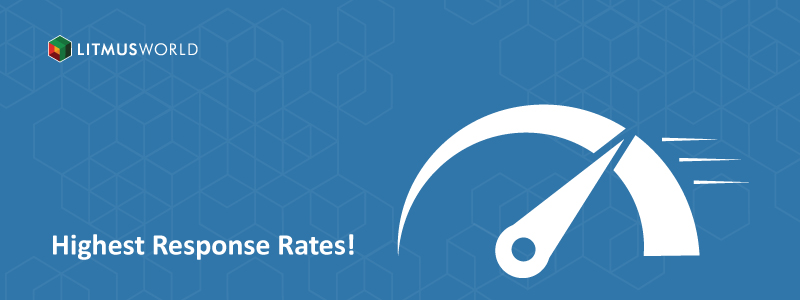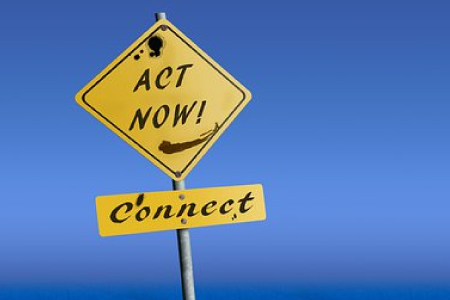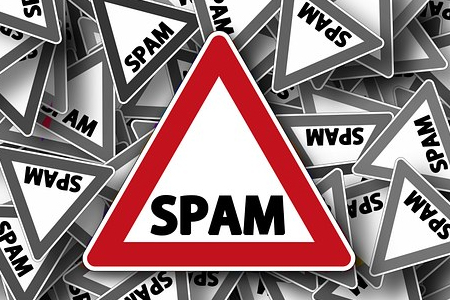How To Get Highest Response Rates?
We give you the Highest Response Rates! Here’s How.

Based on the innate nature of humans, people respond to surveys when they have a bad experience and want the organization to hear their plea. This often results in lower NPS scores. The good experiences are often taken for granted and shadowed under the umbrella of perceived expectations. Compelling the Promoters to respond to surveys substantially increases your NPS® and helps you benchmark your average CX Metrics.
What qualifies as a response?
A response, ideally, should be captured as soon as the primary rating (commonly known as the LitmusWorld Wheel) is provided by the customer on Page 1. This is our recommended approach as the submission of rating marks the first step of the conversation. Some companies, consider the response upon the completion of the feedback. This, however, is not recommended as it becomes difficult to understand the drop-offs and the right reasons behind it.
Why is ‘Response Rate’ Important?
Response rates are important to monitor the efficacy and reliability of the survey. The higher the response rate, the greater the engagement of the organization with their consumers and better the insights from the survey. Completion of the survey also helps us to use the opportunity for contextual campaigns and offers. A high Response Rate is LitmusWorld’s distinct competitive advantage.
Ideally speaking, there are 10 stages in a conversations journey with a customer where a drop-off can happen. Here is a list of the stages and the reasons for drop-offs at each stage once the transaction/interaction has happened with the customer:
1. Request

One of the biggest reasons for customers not responding to your feedback request is that the time between the interaction and the request is too large. Imagine a customer shops with you today and he gets the feedback request in the coming week. It is always advised to request for feedback when the experience is fresh and the customer is keen to voice his opinion.
This is why LitmusWorld preaches real-time customer feedback. We have implemented solutions for our clients where the customer gets a feedback request even before he can leave the store after the transaction. This not only results in real-time corrective actions but also gives brands an opportunity to pacify their irate customers.
2. Data Quality
The original calculation of the response rates depends on the number of people who participated in the quiz vs the number of people to whom the quiz was triggered. Lack of data quality results in a fewer number of people receiving the request, snowballing into lesser participation. Furthermore incomplete data can result in lower/incorrect personalisation. Imagine getting an email addressed to someone else’s name. Your respondents would not provide feedback even if they shopped with you.

3. Email Best Practices
Despite hitting the inbox, customers do not engage with the email. This is where email best practices come into play. Right from the subject lines, the email body, personalisation within the email, a clear CTA, sender name, context and length within the email lead to drop-offs and lower engagement rates.
4. SMS Best Practices
With the increased number of spam SMSs consumers receive every day, it gets really difficult to cut through the clutter and get the customer to read the SMS entirely. Make your SMS crisp, the preview text should contain a hook and the sender name should represent your brand.

5. Call To Action
So, you’ve sent the communication but what do you want your customers to do next? Having no clear CTA or having too many CTAs can result in a drop off due to confusion amongst respondents.
6. Landing Page & Questionnaire Design
Are you bombarding your customers with too many questions and trying to capture as much information as you can coz you think they might not come back? STOP! There is no such thing as survey fatigue. There is only survey cynicism. Follow a strict 3 screen approach. An average feedback questionnaire should be optimised to capture maximum information and should not take more than 30 seconds for the respondent to fill.
7. Give something for Free

Your customers are giving you their time and efforts to give you information about what you can do to improve your business and increase your revenue. The least you can do is incentivise them for taking their time out for you. This has two implications – 1. It will motivate them to come back and give you more feedback and 2. Lure him to re-purchase from your brand. A win-win for both?
8. Capture Emotions, not just Scores
While requesting for feedback, you have your customers’ attention for a maximum of 30 seconds. Do not waste it in capturing the quantifiables. Rather use this opportunity to capture emotions. A happy customer would be more ignorant to smaller service shortcomings but an unhappy customer would talk about even the most trivial of the issues. Interestingly, one of the customers for a major clothing brand gave feedback on the rolled carpet outside the shop floor just because he was unhappy with the product!
9. Spam Check

Spam filters are getting aggressive day-by-day. You may have the best practices in place yet your response rate is surprisingly low. Chances are your communications are landing into spam! Two ways to check for spam – 1. Online spam-check tools help in analysing the contents of the email and 2. Sample audience base (probably internal teams) to check if the emails land in the spam or in their inbox.
If it lands in spam for your internal teams and your online spam-check score is ‘Good’ there is a high chance that your domain has been marked as spam by ISPs and you would need to authenticate your domain at the earliest.
10. Be Mobile First
Did you know that 77% of all emails and websites accessed today are done through mobile phones and non-optimisation of your content (messaging or landing page) can result in substantial drop-offs? With over 29 million conversations we initiate every month, over 60% of it is completed through mobiles. Make sure your emails and webpages are responsive and mobile, tablet and desktop ready!
So, here you have it. A 10-point checklist to ensure high response rates. LitmusWorld boasts of an average industry response rate of 10-12% with over 29 million conversations initiated every month! How much do you get?
You know your business, we know your customers! Our team of experts make sure that you reach the customers at the right moment, capture the right insight and uncover the right action items that can make you the ‘Next Big Thing’ for your organization! Want to learn more? Check out our offerings in detail here, or reach out to our team of experts for an assisted LitmusWorld experience.


